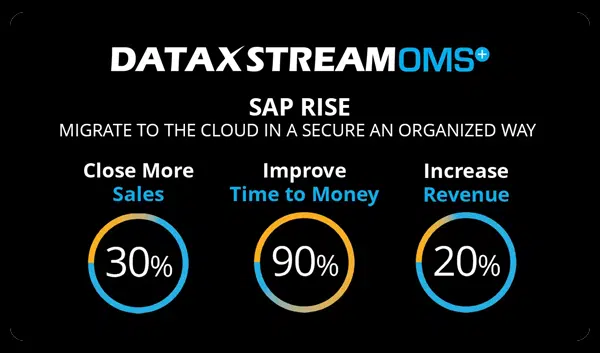Order Management Systems, or OMS for short, can provide huge return for companies looking to solve specific problems. Every organization out there has a way to collect payments and provide their subsequent good or service. Even Suzie’s neighborhood Lemonade stand can take your dollar, make change and hand you a delicious lemonade all without a business license. The real issue is in how you juggle high touch/complex processes, capture, track, and fulfill orders across multiple sales channels. The key is to do so in way that is going to keep your representatives from pulling their hair out.
That is what a good Order Management System can do!
With the rise of digital processes and technological innovation some organizations are left scratching their heads on how they can meet their customers’ demands, provide visibility at every step of the order process, and react with agility at changing business needs.
And that is exactly why getting it right the first-time around matters.
So, what are some challenges a good Order Management System solves for? Here’s a few common ones…
- Reporting and Analytics – Will this solution provide insights that I can use?
- Product Availability – Does this provide access to real-time material availability?
- Discounts – We all love those.
- Customer History – knowing what they bought previously, what they paid, and where it went can save valuable time during the transaction.
- Customer Interaction Logging – Can we track notes, quotes, contact touches, etc.
- Manage Payment – Can your OMS take payment, split payment, select payment terms and track credit utilization at the customer level?
- Delivery – Help me deliver my goods, whether it’s being sent to one location or twenty.
- Return Processing – If you fumble a refund/return you may lose a customer for life.
- Mobile, Tablet, Desktop – Oh my!
- Integration, Integration, Integration – Everything from your backend systems to third party catalog information for dropshipping. If there is no integration, there is no order management.
- Workflow Builder – Can we drive adoption through workflows, help prompts, etc.?
- Automation – Can we utilize automation to remove complexity in our processes?
- Customization – Every organization is unique, don’t squeeze yourself into a one-size fits all solution.
While common use cases are good to understand, it’s also important to have goals in mind. How will an investment into a new OMS help us? What are the business drivers?
Common goals we hear at DataXstream:
-
Reduce turnover among our representatives
-
Reduce training time
-
Improve order accuracy
-
Scale with my growing business
At the most basic level, an Order Management System needs to facilitate a sales order from start to finish. From a cash and carry perspective, a customer walks in, selects his items and walks out with his product.
But can you also improve the customer experience during this transaction? Do you allow the internal user the flexibility they need to get through their day? Does this system unify disparate data sources, so the Customer Service Representatives don’t have to click through multiple screens in order to complete a transaction?
Asking the right questions up front will save you countless hours of headache after you’ve made your selection.
For us, Order Management should be simple, while allowing you the flexibility to manage complexity as quickly and efficiently as possible. If the user can’t navigate through the 1,000 features than they are meaningless. If the customer is unaffected by the experience then the return on investment is minimal.
DataXstream has been an SAP partner for over 20 years and we’ve realized the complexity of transacting within SAP and developed an OMS for customers managing a high touch order process, OMS+. You can read more about it here: DataXstream/OMS+
Before selecting the right Order Management System be sure to ask the right questions. Know what problems you are solving for, know where your shortcomings are, what process improvements can be made, and how you plan to unify your systems into one single source of truth. And if you are currently running SAP, we may be able to help!




